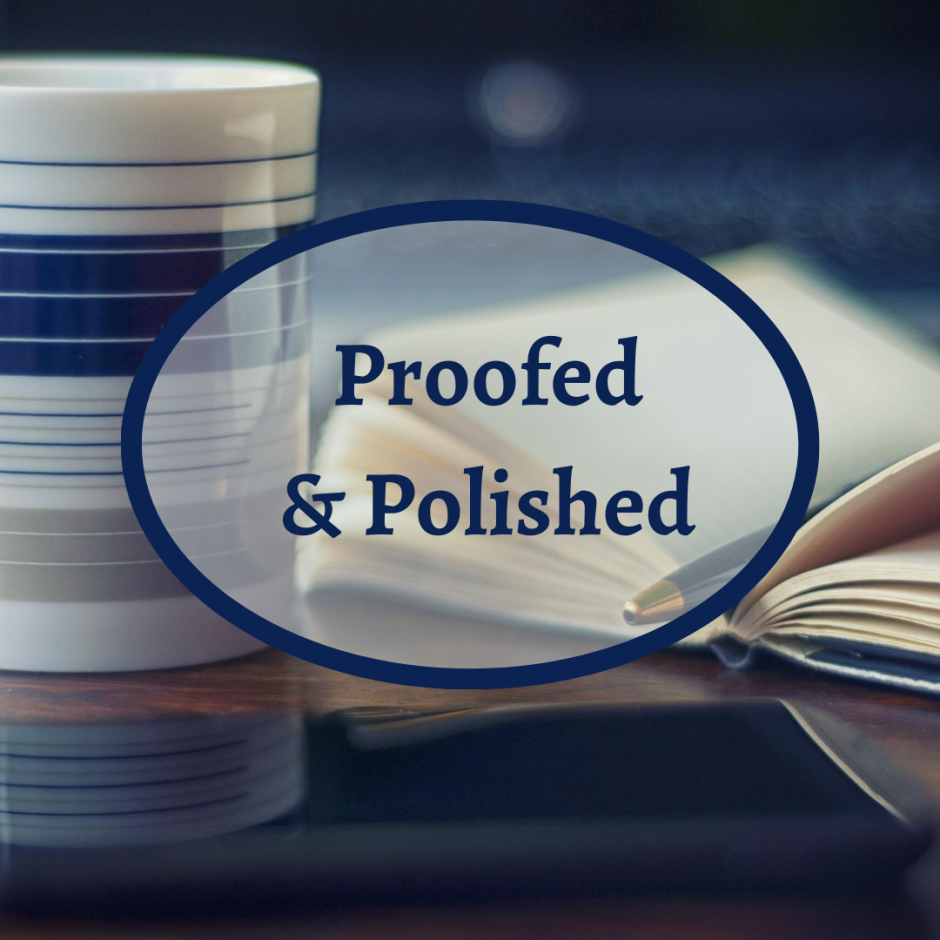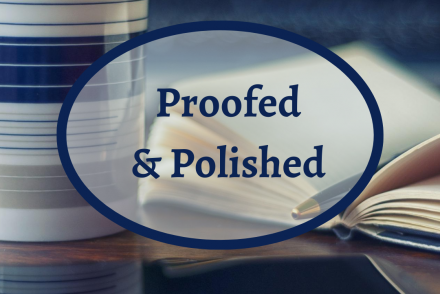Recently, I edited a PhD dissertation for a literature major which mostly meant that I had to wade through A LOT of quotations. When you’re adding another person’s words to your text — whether that person is real or fictional — there are rules about how to place quotation marks alongside other punctuation.
Punctuation Placement
The most confusing part, in my opinion, is determining when it is appropriate to use a comma to introduce a quotation versus when you don’t need one. You can also use a colon, but only in certain scenarios. But, of course, if you’re going to begin a quotation, interrupt it, then come back to it, you have to be sure to put quotation marks, commas, periods, and single quotation marks in all the right places. Phew!
Now, aside from this handy quick guide on quotation marks, the most easily understood reference that I can recommend is The best punctuation book, period. by June Casagrande. You can use The Chicago Manual of Style or trusty old Google, but sometimes the explanations that you find are written by professional grammarians for professional grammarians, and your eyes will glaze over as you read (mine do, too). Casagrande’s book is written to be understood by anyone and everyone, so pick yourself up a copy. In the meantime, here are a few quick-hitting tips to get you started.
1. Use a comma to set off a quotation that is attributed to a certain speaker.
Ex.
Once they had finally left the theater, Larissa said to Timothy, “What was it about the show that bothered you so much?”
Since the author is introducing something that the character, Larissa, said a comma should be used to introduce her words.
Ex.
“It’s nothing,” Timothy said, “except that I just had a really hard time following it from the beginning, so by the middle I got really bored.”
“It’s nothing,” Timothy said. “I just had a really hard time following it from the beginning, so by the middle I got really bored.”
In the first quote from Timothy, a comma comes after “nothing” and after “said” to show that the author is interrupting to emphasize who the speaker is.
In the second quote, Timothy’s quotations are broken into two separate sentences, so only the first comma is needed because a period then closes the phrase before another begins.
2. A comma is not needed if the quote is integrated into the sentence.
Ex.
Anthony reported that the mayor “expressed condolences for the families’ losses.”
The quotation fits effortlessly into the flow of the sentence, so there is no need to put a comma before it.
3. Single quotation marks are used to indicate a quote within a quote.
Ex.
Elly said, “Don’t call me ‘princess.’”
Elly is being quoted as telling someone that she doesn’t want to be called “princess.” Which leads us to No. 4…
4. Outside of dialogue, resume the use of double quotation marks to indicate that a word is being used in a nonstandard form or that it’s being emphasized.
Ex.
Can you really say that meat you get off of a 3-D printer is “natural?”
The author of this sentence is casting doubt on the use of “natural” when referring to printed meat. There’s a common misconception that single quotation marks are utilized to convey sarcasm or irony. In fact, single quotation marks are really only ever used within double quotation marks in dialogue. Some news agencies will use single quotes in article titles, but that’s a house-specific style.
5. Punctuation at the end of dialogue always goes inside quotation marks…in the United States.
Ex.
Brian exclaimed, “I can’t believe you fell for that!”
“Yeah, I guess I was a bit distracted,” Rachael said, rolling her eyes and smiling, “when I thought I was about to be swallowed by that ‘hole.’”
The exclamation point, comma, and period go inside the quotation marks. That’s standard in the US according to The Chicago Manual of Style, but British English has different rules. Ultimately, that suggests that the placement of punctuation with quotation marks doesn’t generally have a significant impact on the meaning of a sentence. Be consistent with your formatting, or simply follow the house style guide provided by your editor.
How About You?
Have you ever found yourself confused by the placement of punctuation when adding dialogue to your writing?

Dayna Betz is a full-time freelancer providing proofreading and editing services to help writers put their best foot forward. She also enjoys reading and writing book reviews. Head over to her site to learn more: https://betzliterary.com.



 We love helping your growing in your writing career.
We love helping your growing in your writing career.

No Comments